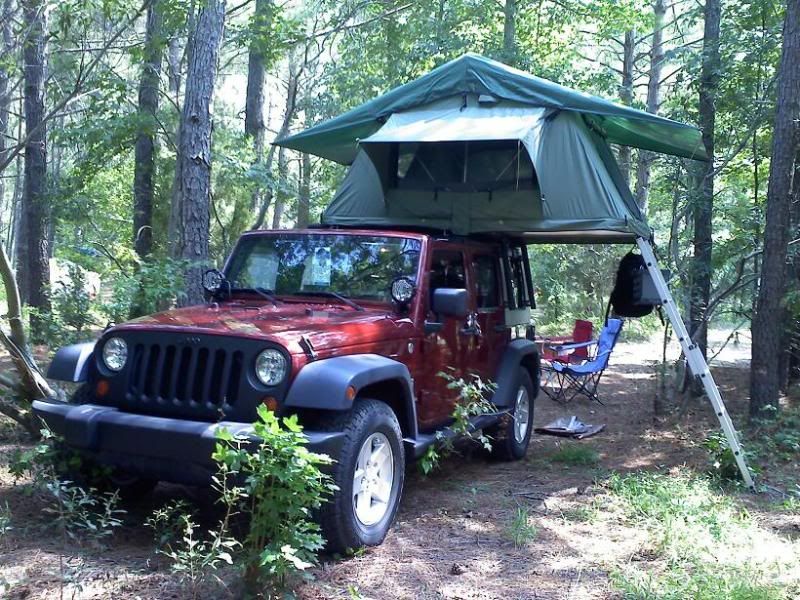:wings:
Here we go, I am sure this horse has been flogged to an inch of it's life, but that still leaves an inch left of flogging to be done!!
I have narrowed the endless search down to two RTT - TENTS, The Polyester Rip stop fabric CAMPING LAB tent, and the MOMBASA Poly Cotton. Both of which are within a couple of $$ of each other.
Here is what I will be doing:
Camping with a 4 yo and a 8 yo. = No extreme climates.
Places will be camping will mainly be: CO, CA, LA, FL, Utah, and the home state of MO, and surrounding states IL, AR. Obviously I will inevitably
, catch some unpleasant weather but will not be venturing out to find it.
So the Q? What is the better matterial: Waterproof, Wind resistance, Moisture wicking, Moisture build up in the tent.
I spent 36 days living in a North Face Tadpole tent in 1996 riding a bicycle accross country, it had a huge mesh roof panel to counter moisture, I just don't want to be damp in a tent when the other option was the way to go.
I appreciate chatting to Fernando at camping Lab and understand the FORUM is sponsored but needless to say I need a little nudging, I want to place my order tonight to get going on my project.
Cheers:coffeedrink:
Here we go, I am sure this horse has been flogged to an inch of it's life, but that still leaves an inch left of flogging to be done!!
I have narrowed the endless search down to two RTT - TENTS, The Polyester Rip stop fabric CAMPING LAB tent, and the MOMBASA Poly Cotton. Both of which are within a couple of $$ of each other.
Here is what I will be doing:
Camping with a 4 yo and a 8 yo. = No extreme climates.
Places will be camping will mainly be: CO, CA, LA, FL, Utah, and the home state of MO, and surrounding states IL, AR. Obviously I will inevitably
, catch some unpleasant weather but will not be venturing out to find it.
So the Q? What is the better matterial: Waterproof, Wind resistance, Moisture wicking, Moisture build up in the tent.
I spent 36 days living in a North Face Tadpole tent in 1996 riding a bicycle accross country, it had a huge mesh roof panel to counter moisture, I just don't want to be damp in a tent when the other option was the way to go.
I appreciate chatting to Fernando at camping Lab and understand the FORUM is sponsored but needless to say I need a little nudging, I want to place my order tonight to get going on my project.
Cheers:coffeedrink:

